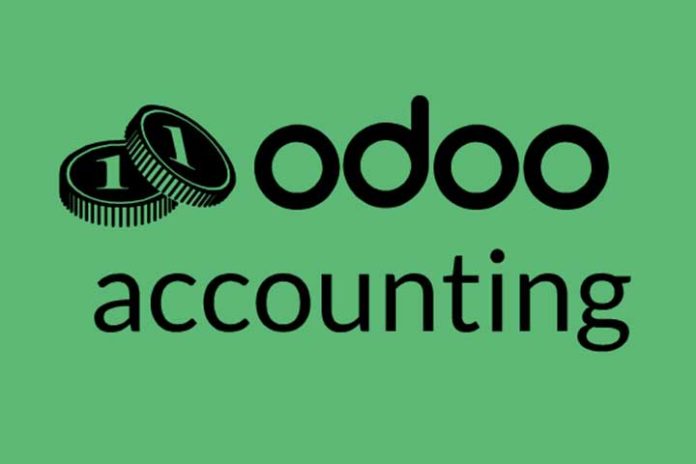In day-to-day business, dozens of economic transactions must be effectively controlled to obtain optimal financial health. In this post, we summarize some of the main features and advantages of Odoo Accounting.
Odoo Accounting is one of the applications that are integrated into the Odoo platform for the comprehensive management of the company. That has become one of the most popular SaaS ERP, CRM, and BPM cloud solutions among organizations of all sectors and sizes.
The different Odoo modules allow you to manage all the operations and departments in the company in a transversal way. In the case of Odoo Accounting, one of the Odoo apps incorporated into the Odoo Finance area, it provides users with advanced features to easily automate and control all aspects related to the company’s liquidity.
Thanks to the fact that it is a management program that is easy to use, it is very easy to access a precise and detailed vision of the financial situation, supported by dashboards, indicators, and alerts. In addition, the application of approval flows guarantees the security of operations.
Centralize all Accounting in a single platform
As Odoo is a native cloud platform, it is possible to manage Mobile Accounting from any device at any time and place, easily incorporating the electronic signature.
All Accounting procedures are integrated into a control panel, being able to synchronize bank connections automatically, invoice and make payments online, review journals/books, or track costs.
Having all this information integrated into a single point allows you to collect faster. To do this, it provides different key functionalities such as the possibility of creating a customer portal to enable fast payments; sending automated follow-ups to collect late payments; accessing a multi-currency environment with automated exchange; making incoming and outgoing batch payments; or integrating with major payment providers like PayPal, Alipay, etc.
Simplifying Accounting with Artificial Intelligence
The Odoo Accounting business solution also incorporates tools to simplify conciliation, asset management, digitization of invoices, and control of accumulations. Specifically, it offers an intelligent reconciliation tool to automatically receive reconciliation proposals and record additional journal entries on the fly. AI is also present in intelligent invoice digitization, thanks to which it is possible to encode business documents in accounting based on OCR technology automatically.
It is important to note the tax advantages of Odoo. It is compatible with the SII VAT invoice formats of the AEAT Tax Agency. It is configured to comply with all regulations, taxes, regulations, and tax documentation in force in Spain. In general, Odoo offers tax localization packages depending on the market in which each company operates, which simplifies the internationalization of business.
Accounting monitoring and control with personalized reports
One of the most outstanding features of Odoo Accounting is its ability to allow users to generate all kinds of reports easily. They are instantaneous and dynamic advanced reports without limits that offer a high granularity to access detailed data and any period, which allows for making the desired comparisons.
In addition, report preparation, analysis, and storage can be done in spreadsheets to increase communication and sharing possibilities among multiple internal and external teams.
Accounting Integration with other Odoo Apps to Automate Processes
The Odoo Accounting module is 100% integrated with other applications of the Odoo transversal business management platform. This allows sharing and extracting value from the data of each of the different departments, a critical objective in the strategy of updating ICTs in SMEs :
- Documents: Conversion of quotes into professional invoices with just one click, and export of data in spreadsheets. (Finance Area)
- Inventory: Synchronizing each transaction with the stocks to keep their valuation updated. (Inventory and MRP Area)
- Expenses: Monitoring of expenses and to re-invoice them in batches. (Finance Area)
- Sales: Creation of project tasks automatically from sales orders. (Sales area)
- Purchase: Obtaining understandable information on supplier invoices (Inventory Area and MRP)
- Project: Traceability of the time invested in each project, client, or task (Service Area)
Also Read: Ten Reasons To Study Finance

